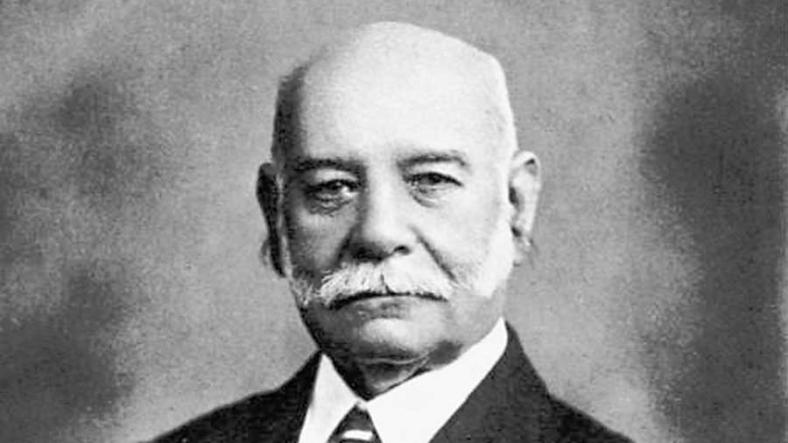Sir Paul Chater was not a writer, artist, or politician—but his legacy is etched deeply into the very foundations of modern Hong Kong. Born in Calcutta (now Kolkata), India, in 1846, into a family of Armenian descent, Chater would go on to become one of the most influential figures in the colonial history of Hong Kong. His life is a story of ambition, foresight, and philanthropy, spanning continents and leaving a lasting impact on urban development, trade, and public welfare.
Early Life and Rise in Business
Orphaned at a young age, Chater was raised in a modest household in India and educated at La Martiniere College in Calcutta. He showed a keen intellect early on, particularly in mathematics. By the time he moved to Hong Kong in the 1860s, Chater was determined to make his mark in a growing British colony that was rapidly becoming a trading hub in Asia.
He began his career as a clerk in a bank but soon co-founded the brokerage firm Chater & Mody, which quickly gained influence. It wasn’t long before he diversified his interests—shipping, real estate, banking, utilities, and more. He became a founding member of Hongkong Land, a company that played a pivotal role in developing Hong Kong's Central District and reclaiming land from Victoria Harbour.
Architect of Urban Transformation
Chater had a unique ability to see opportunity where others saw obstacles. He was instrumental in some of the most important infrastructure projects of colonial Hong Kong. These included the reclamation of the Central waterfront, which allowed for the expansion of government buildings and commercial development that defines Hong Kong’s skyline even today.
He was also deeply involved in public utilities, including the early development of Hongkong Electric Company, the first electricity provider in the region.
Chater’s impact wasn’t just physical—it was strategic. He helped transform Hong Kong from a small colonial outpost into a modern financial and trading center. His vision of structured, planned urban growth helped shape how the city evolved over the 20th century.
Public Service and Recognition
Despite his immense wealth and influence, Chater remained deeply involved in civic duties. He served as a Legislative and Executive Council member, advising the colonial government on matters of finance and development. His leadership during a period of rapid transformation made him a respected figure across communities.
In 1902, he was knighted by the British Crown, becoming Sir Paul Chater, in recognition of his services to the empire and his contributions to Hong Kong.
Philanthropy and Legacy
Chater never forgot his roots. He was a generous philanthropist, supporting hospitals, educational institutions, and the Armenian Church. Upon his death in 1926, he donated much of his estate to charitable causes.
One of his most enduring contributions is Chater Garden, a public park in Central Hong Kong named in his honor, located near Chater Road and Chater House—symbols of how embedded his name remains in the city’s physical and historical fabric.
Summary
Sir Paul Chater was a pioneering businessman, urban planner, and philanthropist who helped build modern Hong Kong from the ground up. His foresight in infrastructure, dedication to civic duty, and deep commitment to public good make him a lasting symbol of visionary leadership. While his name may not appear in literary anthologies, it certainly lives on in the streets, buildings, and legacy of one of the world’s most dynamic cities.
Thanks for reading the article, for more great peoples related articles read our peoples blog articles.










